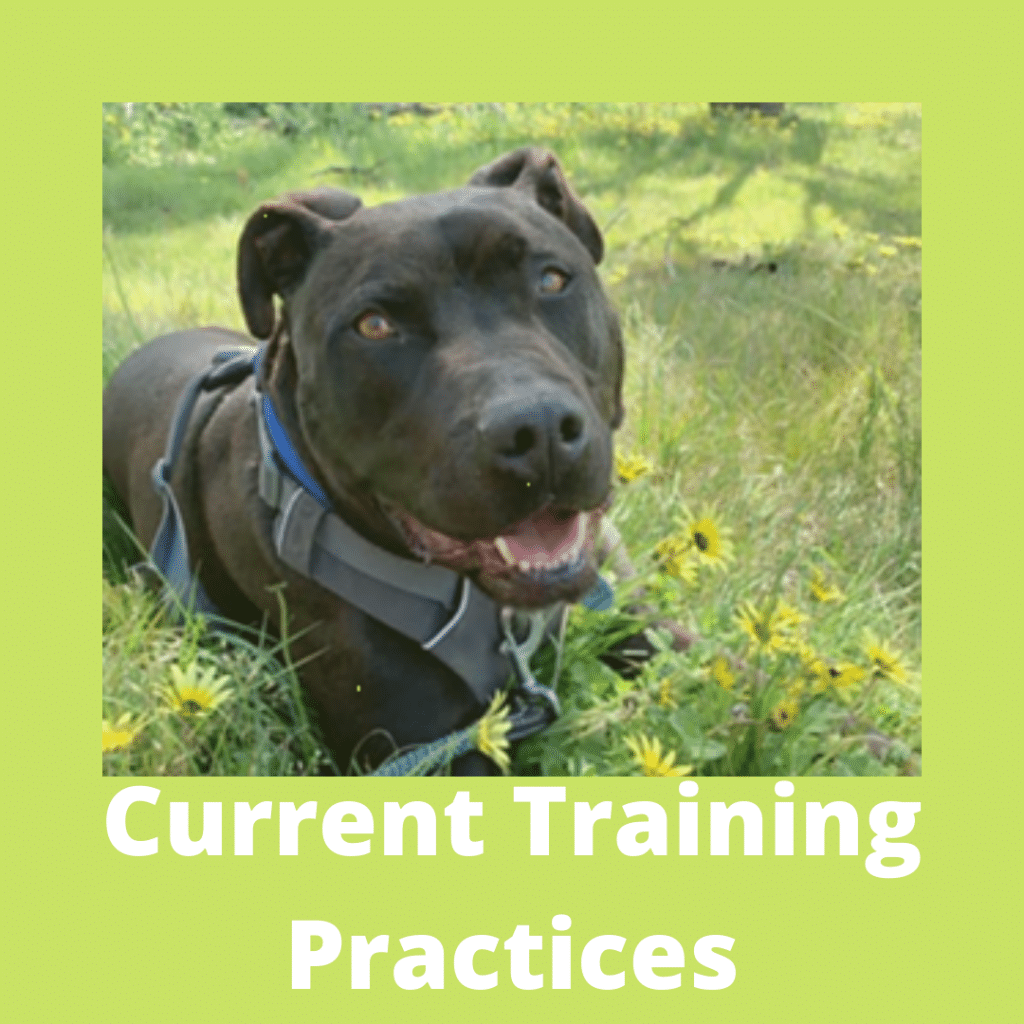In the past decade there has been significant research into dog behaviour and which training methods are the most effective.
There are clear indications that positive reward-based training is the most effective method. The bonus of this method is that it enhances your relationship with your dog, inspiring trust and boosting your dog’s confidence.
It works because it is not reliant on fear, pain or ‘dominance’.
The aim is to reward the behaviour that you want while ignoring the ‘unwanted’ behaviour. You can also distract your dog from ‘unwanted’ behaviour. It is important to be consistent in your training and expectations.
If a dog is jumping up, ignore the dog by turning your back towards the dog, without making eye contact. As soon as the dog has four paws on the ground – reward him. This can be a treat, toy or verbal praise/marker such as an excited ‘yes’. After numerous repetitions he will learn that having four paws on the ground will be rewarded.
You can gradually reduce the rewards once the behaviour is consistent.
If the behaviour can no longer be ignored you may try distraction. If your dog is barking at the window wait until he stops to breath and then squeak the favorite toy and when he comes over and give him excited praise and reward with a treat.
Although the training industry is unregulated, there are many good trainers using positive methods in Tasmania. If you are struggling, to get in touch with a trainer. Dogs’ Homes staff are also happy to provide advice.
| Do | Do not. |
| Have a positive attitude when training. | Use aggression in training |
| Use an excited positive voice | Yell at your dog |
| Always use your dog’s name positively | Use your dog’s name in anger |
| Use rewards – treats, toys, praise | Hit(with anything), alpha roll, use shock collars, |
| Be consistent and patient | Go in with unrealistic expectations |
| Get in touch with a positive trainer |
When using food treats, use a variety of foods. You can use cooked leftover sausage, steak, cheese, devon sausage, chicken etc.. There are also many commercial treats available. Work out what are your dog’s favourites and rank them according to your dog’s preference. The highest value treats are used for getting started. Remember to use small bits and you can also use kibble.
Keep training sessions short, fun and end on a high note.



